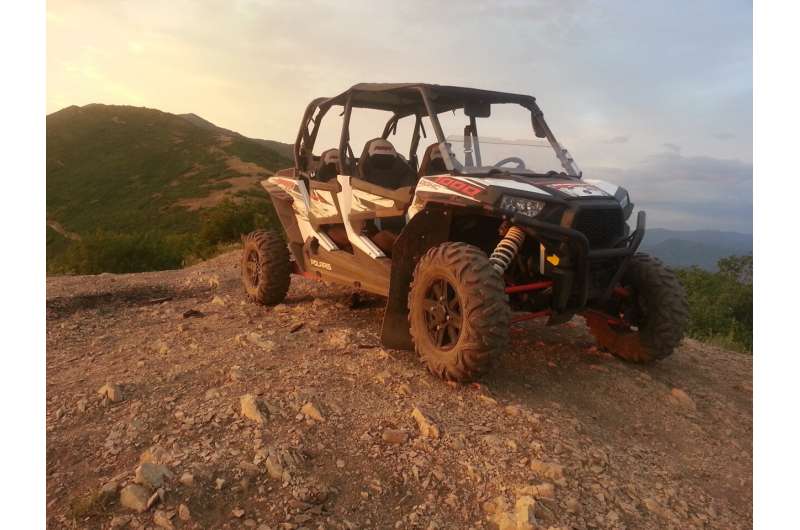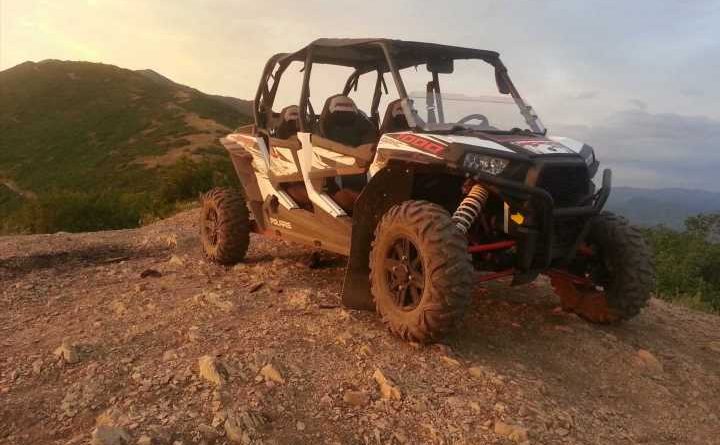Side-by-side utility terrain vehicles linked to high rates of hand injuries

Recently popularized utility terrain vehicles (UTVs) with “side-by-side” passenger seating are associated with higher rates of severe hand injuries when compared to traditional all-terrain vehicles (ATVs), reports a study in the October issue of Plastic and Reconstructive Surgery.
“Our study finds much higher rates of mutilating hand injuries and amputations associated with side-by-side UTVs, compared to ATVs,” comments ASPS Member Surgeon Shaun D. Mendenhall, MD, of Perelman School of Medicine at the University of Pennsylvania, Philadelphia who performed the study along with colleagues at his prior institution, the University of Utah. “We believe hand surgeons can play a key role in increasing awareness and prevention of ATV-related hand injuries.”
Higher rates of mutilating hand injuries and amputations with UTVs
Side-by-side UTVs are an increasingly popular category of off-road vehicles, used for outdoor adventure and work. Utility terrain vehicles have side-by-side passenger seating, safety belts, and a rollover protection system (ROPS). These design features provide a false illusion that UTVs are safer than ATVs, which have straddle seating, no safety belt, and no ROPS.
In recent years, the hand surgery center at the University of Utah, situated in the Mountain West, has seen more cases of upper extremity (hand, arm, and shoulder) injuries in UTV riders—more so than in ATV riders. Although enclosed UTVs may prevent riders from being ejected, those whose arms are extended outside the vehicle during a collision or rollover event may sustain serious hand and arm injuries.
Dr. Mendenhall and colleagues compared the rates, patterns, and severity of upper extremity injuries in ATV versus side-by-side UTV riders. From 2010 to 2021, the authors’ department treated 87 individuals who were injured in ATV accidents and 67 individuals who were injured in UTV accidents.
Although injury location along the upper extremity were similar between groups, UTV riders had significantly higher rates of mutilating injuries. Mutilating injuries were defined as traumas that caused irreparable damage to the appearance and function of the hand.
Overall, UTV riders had three times the amount of mutilating injuries compared to ATV riders (64% versus 22%) and nearly ten times the amount of amputations (30% versus 3%).
Due to the severe nature of these injuries, patients in the UTV group spent more time in the hospital (5 versus 2.5 days) and underwent twice as many surgeries (2.4 versus 1.1 surgeries) compared to patients in the ATV group. After adjustment for other factors, UTVs were the only independent risk factor for these outcomes.
Call for steps to reduce hand injury risks in ATVs and UTVs
Injuries occurred in UTV riders of all ages and in those who were the drivers and passengers of accidents. Seatbelt use was unrelated to the risk of injury or amputations in UTV riders. There were insufficient data on the use of other protective equipment, such as mesh windows or doors and wrist straps.
As they grow in popularity, side-by-side UTVs may be “a new source of mutilating hand injuries,” according to the authors. The injury patterns are consistent with those previously described in riders who extend their hands outside the vehicle during a rollover incident, with “a high likelihood of having their hand crushed between the ROPS and the ground.”
“Hand surgeons are in a unique position to serve as forerunners for increasing public awareness and promoting patient advocacy,” Dr. Mendenhall and co-authors conclude. “Working alongside manufacturers in community education initiatives and product development are ways we can promote safe rider habits and prevent upper extremity trauma.”
More information:
Shaun D. Mendenhall et al, A New Source of Mutilating Hand Injuries: The Side-by-Side Utility Terrain Vehicle, Plastic & Reconstructive Surgery (2023). DOI: 10.1097/PRS.0000000000010453
Journal information:
Plastic and Reconstructive Surgery
Source: Read Full Article
